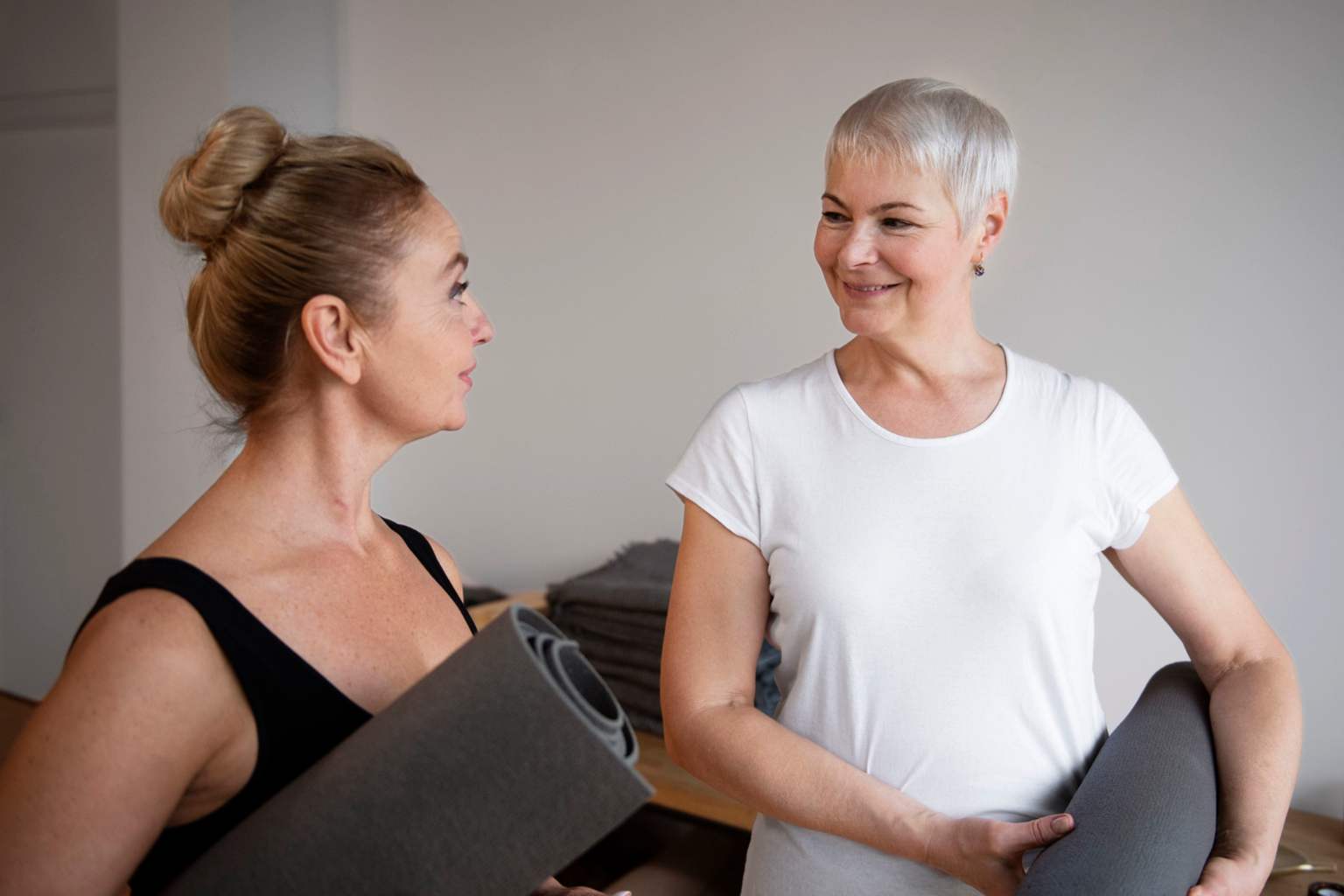When we think about social activities for those over 65, dancing or reading often come to mind as popular choices. But what if there was a more effective way to build meaningful friendships while also boosting mental and physical health? It turns out that simply going to the gym may be the key to staying connected, sharp, and energized after retirement.
Let’s explore how the gym can become a vibrant hub for seniors looking to combine social interaction with physical activity—and how forming this habit during retirement can bring remarkable benefits.
How regular gym visits boost mental and emotional health for seniors
A gym is far more than just a place to lift weights or use cardio machines. For people over 65, it’s a space where mental wellbeing thrives alongside physical fitness. Social isolation poses a serious risk factor for depression and cognitive decline in older adults, but community-based fitness activities such as Pilates, tai chi, water aerobics, and yoga can combat these challenges.
Unlike hobbies done alone, the gym offers plenty of opportunities for social connection. Whether through friendly chats between sets or participating in group classes, the camaraderie that develops can foster a genuine sense of belonging. For many seniors, seeing familiar faces and exchanging encouraging words becomes a daily highlight.
Following a regular gym schedule also provides structure and purpose to retirement life. Without the routines of a workday, some retirees find their days unmoored. Committing to specific workout times brings an anchor and a sense of accomplishment. Every milestone achieved, from learning to use a new machine to finishing a challenging workout, boosts confidence and mood. Plus, even light exercise triggers the release of endorphins, natural mood lifters that reduce stress.
Moreover, research shows that social, physical activities can help reduce the risk of dementia by keeping both body and brain active. Engaging with others in a physical setting stimulates neural pathways, promoting long-term cognitive sharpness and mental agility.
Creating a lasting gym habit during retirement
Starting a gym routine after retirement might seem daunting at first, but small, thoughtful steps can make it smooth and enjoyable. A key mindset shift is to see the gym not just as a place to work out, but as a social space filled with potential friendships.
Here are some helpful tips for making the gym a regular part of life:
– Choose times that fit easily into your day and stick with them to build consistency.
– Join group classes that match your interests, from gentle yoga to water aerobics, where you can meet people naturally.
– Arrive a bit early or stay a little after workouts to chat with fellow attendees.
– Celebrate your progress, no matter how small, and encourage others to do the same.
– Be open to striking up conversations about shared hobbies beyond fitness, such as local events or books.
Through these steps, the gym can become more than a fitness venue—it can evolve into a foundational community hub that enriches retirement.
Lasting benefits of gym socializing for seniors
Reading this, I recall my grandfather’s experience after retiring. Initially hesitant about joining a gym, he found himself drawn to a gentle yoga class designed for seniors. The friendships he formed there led to weekly coffee meetups and even weekend walks. More than just the physical gains, these connections brought new joy, routine, and purpose he didn’t realize he was missing. It was a powerful example of how vital social activities are for mental health and happiness in later years.
Gym routines offer seniors a unique combination of physical exercise, mental stimulation, and social interaction—all crucial to thriving during retirement. Whether you’re looking to make new friends, stay sharp, or simply keep moving, the gym is worth considering as your next social hub.
What has your experience been with staying socially active after 65? Have you tried community classes or gym workouts? Share your stories or tips below—your insights might inspire someone else to take that first step toward a healthier, more connected life! Don’t hesitate to pass this article along to friends or family who could benefit from a little extra motivation to get moving.
